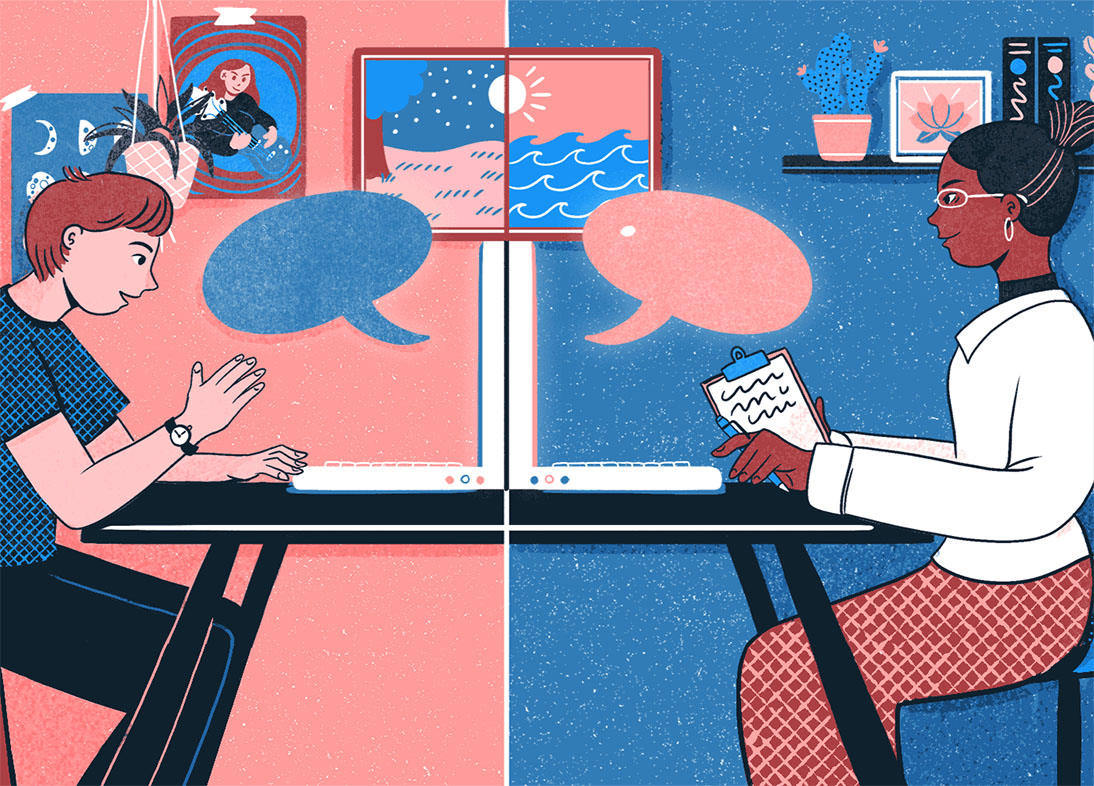Mindful: Prioritising mental health in the workplace
Workplace wellness
- 25.10.2021
- By BERNICE YONG
RECOMMENDED
As terrible as it sounds, the bulk of our lives are spent working; it’s where we spent most of our time. Especially now, where the pandemic has limited the things we can do on the weekends or weekday nights where we previously could still lose ourselves in the company of friends and our communities, work consumes us all the more. So as much as some of us don’t want to be defined or be overly affected by our workplaces, it’s time we take charge and be mindful of our mental wellbeing. Even if we’re not actively heading into the offices.
But where and how should we even start? Well, if there’s one good thing that came out of the lockdown and #WFH situation, it’s that now more than ever, companies are starting to realise the importance of caring for mental health and wellbeing. We all know how it took a toll on us — and one of them is Facebook. So we spoke to Rachel Burton, HR Director for APAC at Facebook, and got some tips on how to encourage a caring and empathetic environment in the workplace, especially in regards to mental wellness. The lowdown, below.
As an employer, what should I do to care for my staff?
Managers play a very crucial role in ensuring team health and well-being, and modelling healthy behaviours has been an important step in making employees feel that they can prioritise self-care and set boundaries at work. We made sure our managers are equipped with the right guidance and resources, and create a culture of trust and open dialogue through regular check-ins.
We know how every employee can be navigating personal challenges during this time, and are working with managers to ensure that team goals and priorities are adjusted to reduce pressure on and adjust expectations for employees. We also remind managers at work to remain authentic and genuinely care about the well-being of their teams. We have established guiding principles with regards to how we communicate with employees during this period of uncertainty, such as avoiding language that emphasises risk or fear, and to be mindful not to contribute to the angst.
What should I do as an employee to enact change in my work environment?
We know that it can still be scary to open up at work, but at Facebook, ensuring the well-being of our people is a top priority. It has been humbling to see how people trust and treat each other online. Creating safe, shared spaces for communities to come together has never been more important, especially amidst a pandemic that has forced us physically apart. We launched the #OpenUp narrative where we encouraged our people to share their own mental health stories, which helped normalise conversations about mental health and reinforced to others that they aren’t alone in their experiences.
Our people also started Mental Health@, a space to share their mental health stories on Workplace, Facebook’s internal communication hub. We thought it would be just a small group where people shared articles and resources, but it very quickly grew into something more and now numbers well into the thousands. Another really active community on Workplace is our Resilience@ group, where people share how they’ve been coping during the pandemic, juggle caregiving and manage being apart from loved ones. Apart from that, we also believe in having the basic resources. Facebook provides free confidential counseling for employees and their dependants or partners/spouses through the Employee Assistance Program. We have also launched new mental health resources and tools across our apps (after all, our employees are social media users too!), such as new guides in our Emotional Health resource center on Facebook, a Global Mental Health chatbot on WhatsApp with support from UNICEF, and new suicide prevention resources.
How can companies do better to make the workplace a safe, non-toxic environment that values mental health? Are there any suggestions to recommend especially in a huge corporation?
We take pride in sharing how we’ve designed our Mental Health programs with other companies to help them build effective communications and tools to destigmatise mental health in the workplace. Some of the other ways that we’ve committed to safe platforms for people to share their mental health experiences is through Option B, led by our COO Sheryl Sandberg. It provides tools to help individuals and their family, friends, and community to build resilience in the face of adversity.
But without external help, first, create a supportive community and allow feedback from employees. That is crucial to helping people know that they are being heard — building a culture of regularly checking in at meetings is a simple way to start. The most basic component of mental well-being is giving it a name, having someone reflect it back at you, and feeling heard in this moment.
ADVERTISEMENT. CONTINUE READING BELOW





